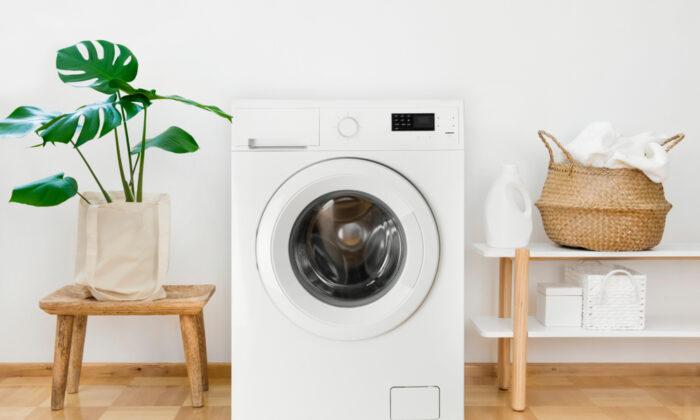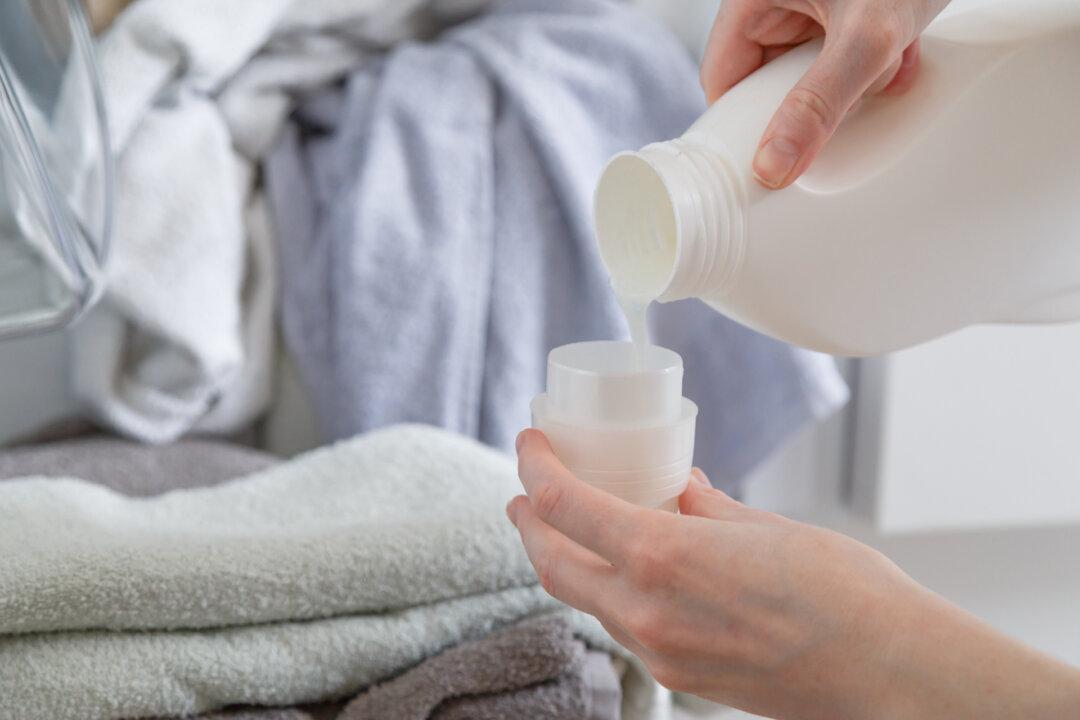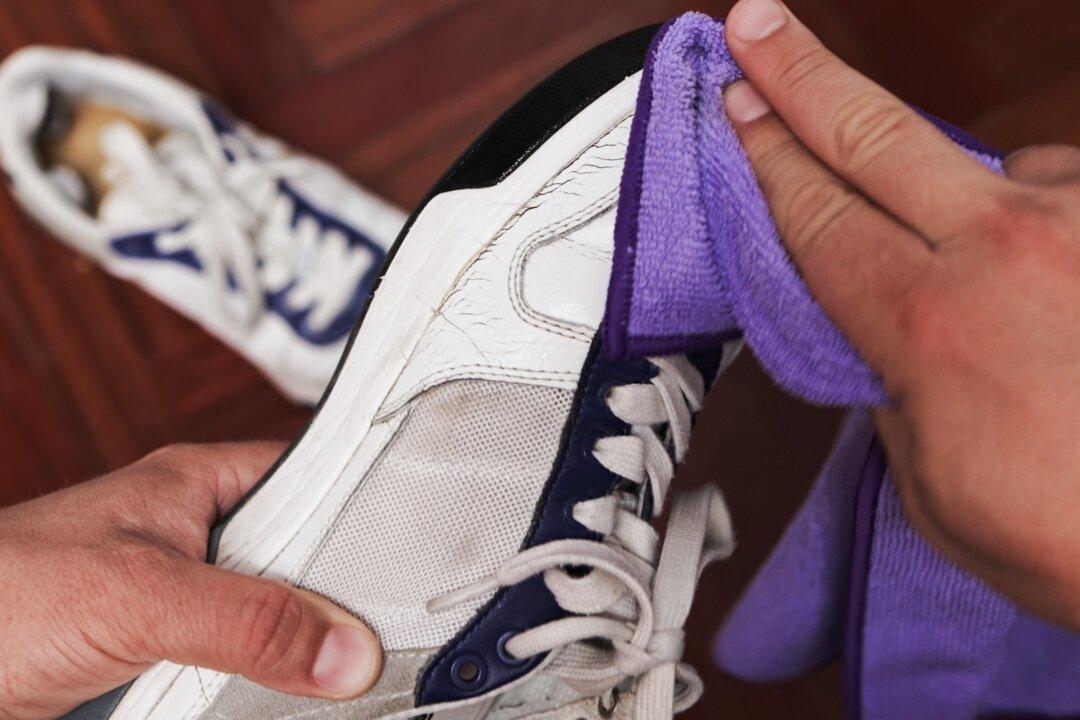If you assume the inside of your washer is the cleanest place in your home because you put detergent through it with every load of laundry, join the club. Most people think that—and that’s a really bad assumption.
Have you ever wondered why there’s dirty residue on the agitator? Why do washed clothes sometimes come out with stains they didn’t have before they went in? Why do towels get stinky?
The answer is germs. According to a study by Dr. Charles Gerba, professor of microbiology at the University of Arizona, if you wash a load of just underwear, there will be 100 million E. coli in the wash water, which can be transmitted to the next load of laundry.
However—and this is good to know—of the more than 60,000 kinds of germs, only 1 to 2 percent of them are potentially pathogenic. But the other 98 percent, when allowed to accumulate, can produce a terrible odor in clothes, towels, and linens—and inside the washer, too.
If you rely on laundry detergent alone to get rid of all the dirt and germs but are not occasionally using bleach and very hot water, you’re not killing the bacteria. In fact, they’re getting on your hands when you remove the wet laundry and also staying behind in the washing machine.
- Rubber or latex gloves
- Cleaning cloths
- Old towels
- A bucket or container for mixing
- Plain white vinegar
- Liquid chlorine bleach*
- Hot water
Front-loading Washing Machine
This is a multistep process that should be performed monthly.Make sure the drum of the machine is completely empty. Never include any items of clothes, towels, or other while cleaning the machine. Select “Basket Clean” or “Tub Clean” on the wash settings. If your front loader does not have such a setting, select the hottest, largest, and longest load settings.
Add 2 cups of white vinegar to the empty washer drum (or to the detergent reservoir if your machine does not have a “Basket Clean” or “Tub Clean” cycle). This is going to help get rid of the buildup of hard water minerals, soap and scum residue, as well as odor and mildew that has accumulated inside the machine. Allow the machine to run through the entire wash and rinse cycles.
Set the washer a second time on the same cycles as above: “Tub Clean,” or “Basket Clean,” or the hottest, largest, and longest cycles. Pour 2 cups of liquid chlorine bleach into the empty washer drum. This is going to kill germs and bacteria that have accumulated inside the machine. Allow the machine to run through another entire wash and rinse cycle.
Run a third cycle on the same cycle without adding anything to the empty washer drum. This will remove and rinse away any remaining residue.
Top-loading Washing Machine
This process is quite similar to cleaning a front-loading machine and should be repeated monthly.Making sure there are no clothes in the machine, set it to the hottest, largest, and longest cycle available. Add 4 cups (1 quart) of plain white vinegar to the tub (no detergent). Close the lid and allow the machine to agitate for one minute or so. Open the lid (or press “Pause”) so agitation stops and allow the machine to sit for one hour. After one hour, allow the machine to complete a full cycle, including rinse and spin.
Leaving the same settings, fill the machine with the hottest water available and add 4 cups (1 quart) liquid chlorine bleach. Close the lid and allow to agitate for one minute, then open the lid to stop the agitation for one hour.
After one hour, allow the machine to complete a full cycle, including rinse and spin, again.
Run a third cycle on the same settings without adding anything to the detergent reservoir. This will rinse away any remaining residue.
Finally, using a clean cloth dipped into a mixture of 1/4 cup liquid chlorine bleach to 1 quart water, clean the area under the rim of the washer, between the basket and machine’s housing. Wipe down the detergent reservoir and clean all of the nooks and crannies of the washer that you can reach easily, where bacteria and dirt may have accumulated.
*If you don’t want to use chlorine bleach, do not assume that oxygen-based bleaches or even hydrogen peroxide will give you adequate disinfectant qualities needed for the cleaning process. PineSol in place of liquid chlorine bleach is an acceptable and effective substitute to clean your washer, and it is septic system safe. Follow the same steps for cleaning with chlorine bleach as listed above.






Friends Read Free